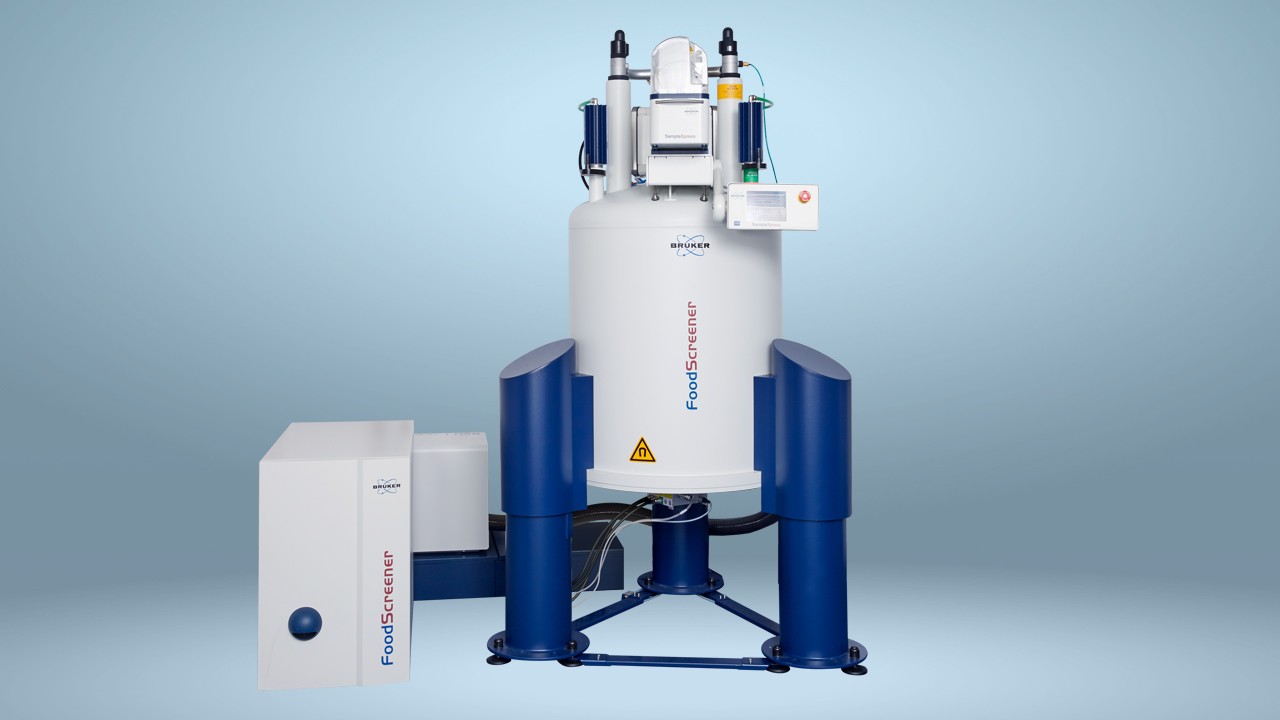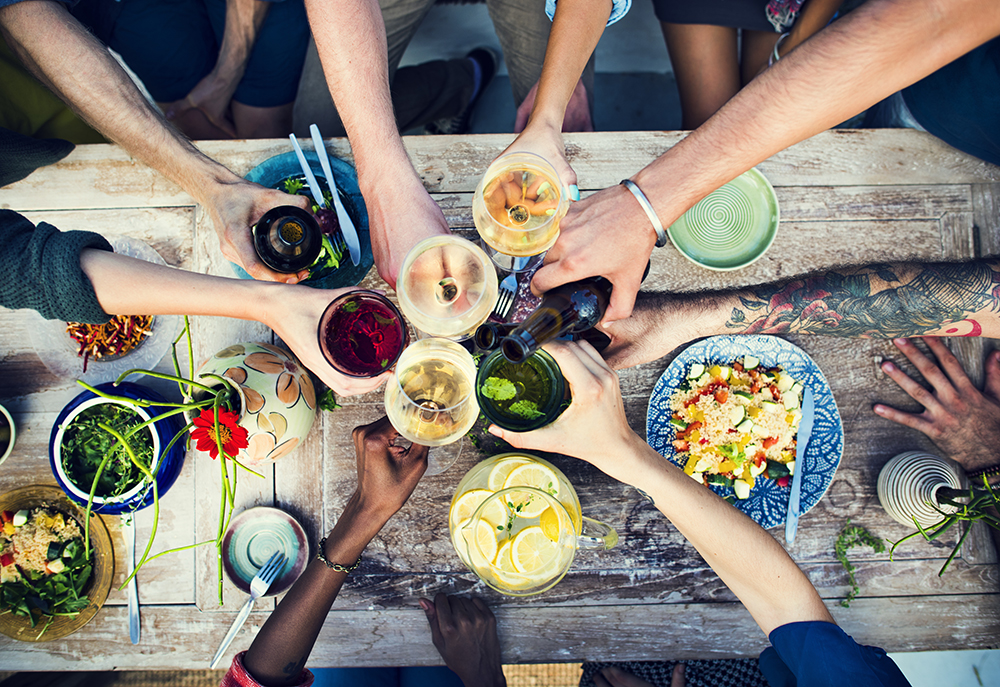

NMR is a Powerful Tool for the Detection of Counterfeit Spirits
“..consumers cannot be assumed to be self-responsible when consuming counterfeit alcohol because there is no general ability to organoleptically detect counterfeit alcohol”
With the potential for substantial monetary gain, counterfeiting of branded spirits is becoming more prevalent1. This has been compounded by the ease with which counterfeit goods can be sold and purchased on the internet.
Consumers are being deceived into buying poor quality, and sometimes dangerous, imitations of premium brand spirits. The fake spirits, sold in bottles that appear to be genuine, may include methanol, anti-freeze, cleaning fluid, charcoal and/or nail varnish remover2. Consumers are thus unwittingly consuming dangerous chemicals, which can lead to black outs, blurred vision, short-term sight loss and, in extreme cases, even death.
In addition to jeopardising the health of consumers, such fraudulent actions are imposing significant financial burden on genuine suppliers and also eroding their reputation3.
Counterfeiters go to great lengths to make the bottle and labelling look extremely similar to the genuine product so the imitation product is not readily detected as being such. The authorities are thus keen to adopt the latest technologies to help them in their global battle against the counterfeiting of distilled spirits.
In some cases, consumers knowingly buy counterfeit spirits, lured by the low cost, but are unaware of the potential danger to their health. In Russia the demand for counterfeit spirit continues to rise, despite several reports of people dying after drinking cheap spirits4. In 2015 and 2016, methanol in counterfeit whisky killed 13 people in the Siberian city of Krasnoyarsk but sales were not affected until internet sites were frozen.
Detection of counterfeit spirits has been traditionally achieved using conductivity testing and simple analytical methodologies, such as the various types of chromatography and UV/IR spectroscopy5. However, as counterfeiting is becoming more sophisticated it is becoming more and more difficult to reliably distinguish brand spirits from counterfeit spirits using such assessments. Consequently, more powerful analytical techniques must be employed. These include stable isotope ratio mass spectrometry and nuclear magnetic resonance (NMR) spectroscopy.
By virtue of its ability to simultaneously analyse numerous components of complex mixtures without damaging the sample, NMR spectroscopy is well suited to the analysis of food and drink. Indeed, NMR has already been shown to be a valuable tool in the authentication of various consumable products6. This can be achieved rapidly since NMR spectra of samples can be compared with those of the authentic product. However, NMR has been used only for detecting the presence of harmful compounds, such as formic acid and methanol, in alcoholic beverages rather than in the detection of counterfeit spirits7.
The application of NMR in the authentication of spirit samples was recently tested8. Spirit samples obtained in Russia and Kenya were analysed by 1H NMR spectroscopy using a Bruker Avance 400 Ultrashield™ spectrometer equipped with a 5-mm SEI probe. The six counterfeited samples were readily identified by comparison of the spectra obtained with those of authentic products8.
In addition, the researchers explored how well a counterfeit spirit can be detected by taste. It was revealed that the assessors were not generally able to determine which of the samples were counterfeit8. Indeed, 61% of the assessors preferred the counterfeit white rum to the authentic product.
As well as demonstrating the ease with which NMR spectroscopy can be used to identify counterfeit spirits, this study illustrated that consumers cannot be expected to discern a counterfeit spirit by its taste.
References
- Forzley M. Counterfeit goods and the public’s health and safety. Intellectual Property Institute Report 2003, Washington, DC, USA.
- Kotelnikova Z. Alcoholism, Clinical and Experimental Research 2017;41(4):810–819.
- Haworth A, Simpson R. (2004). Moonshine markets: Issues in unrecorded alcohol beverage production and consumption. In R. Haworth, Alan, & Simpson (Vol. Eds.), Vol. 53. New York: Taylor & Francis. http://dx.doi.org/10.1017/CBO9781107415324.
- Neufeld M, et al. Addiction Research & Theory 2017;25(4):310–317.
- Lachenmeier DW. In Advances in food authenticity testing:565–578. 1st ed;G. Downey (Ed). Oxford, UK: WoodHead Publishing 2016.
- Kuballa T, et al. Current Opinion in Food Science 2018;19:57‑62.
- Hausler T, et al. Proceedings of the XIII International Conference on the Applications of Magnetic Resonance in Food Science 2016:27–31). https://doi.org/10.1255/mrfs.6.
- Kuballa T, et al. Food Chemistry 2018;245:112–118.


